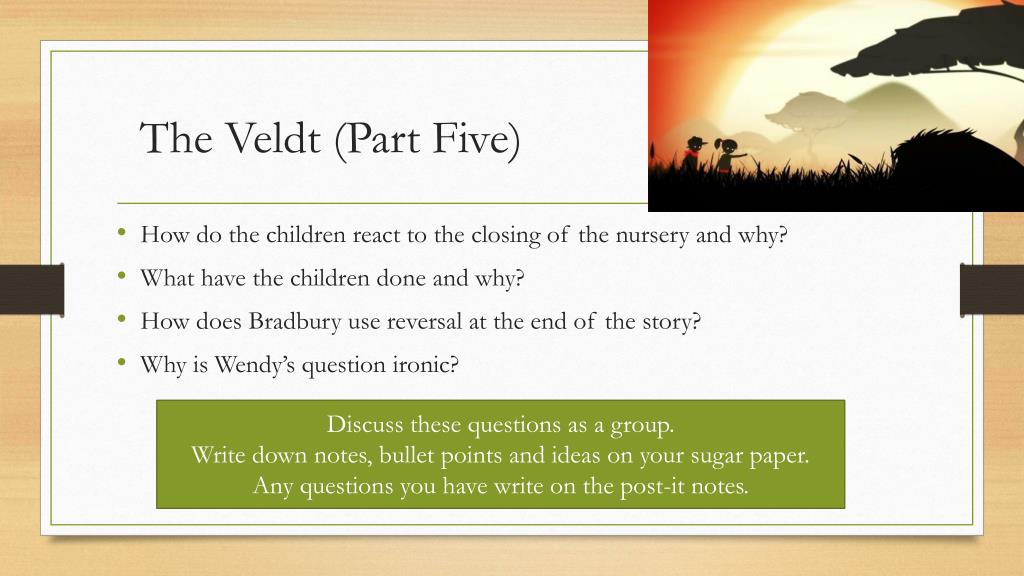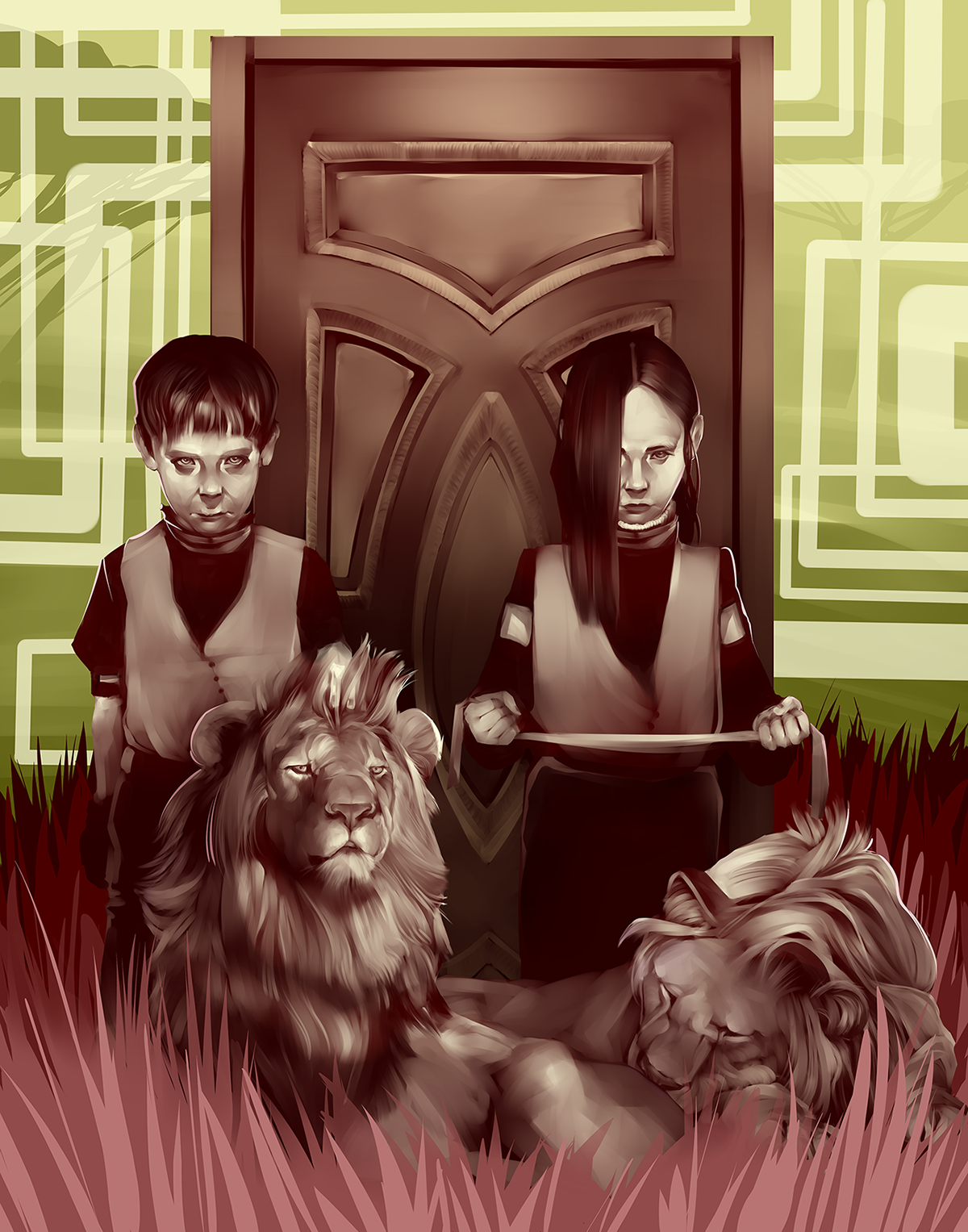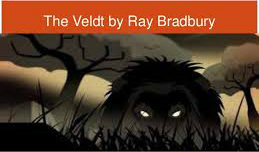

Some people were afraid that watching too much television would lead to the total breakdown of the family unit. The rise in the popularity of television had a direct influence on Bradbury's story "The Veldt." At the time the story was written, many American families were acquiring their first television sets, and no one was sure exactly how this new technology would impact the relationships among family members. As a young boy, Bradbury was fascinated by the grotesque and sinister aspects he found lurking there, and these themes pervade many of his later works. Bradbury's use of a sideshow character as a framing device reflects his own interest in the world of the carnival and sideshow. Each story is represented by a drawing upon the Illustrated Man's body and the stories come to life and tell themselves as he brings each new illustration into view. Bradbury tied these stories together with the framing device of the Illustrated Man himself.

The anthology is a collection of short stories, most of which had been previously published individually in pulp and slick magazines. It was the perfect follow-up to Bradbury's successful publication of The Martian Chronicles the year before, and it cemented his reputation as a great writer. Published in 1951 by Doubleday, the book was a great success with readers and critics alike. The names might also signify, however, the fact that the Hadley children are growing up and becoming aware of their own power and agency – with deadly consequences for their parents."The Veldt" is the first story in Ray Bradbury's anthology, The Illustrated Man. We cannot say for sure whether the well-read Bradbury was familiar with this darker version of the story, but certainly ‘Peter’ and ‘Wendy’ are names which are meant to denote two young, sweet children who will turn out to be anything but. In the original book, Peter Pan has the Lost Boys, his gang of friends, killed – possibly because they are growing up, and Peter – the famous ‘Boy Who Would Not Grow Up’ – cannot allow this. Indeed, the girls’ name Wendy was even popularised (though not, as is sometimes claimed, invented) by Barrie’s use of it in Peter Pan, and ‘Wendy houses’ became popular presents for children.Īlthough we tend to encounter Barrie’s story in a somewhat sanitised and child-friendly version, with some readers and playgoers finding Peter Pan on the page and stage overly twee and sentimental in its depiction of children, the original story was somewhat darker.

Barrie’s Peter Pan, an enduring children’s classic. Wendy and Peter, the names of the two children in ‘The Veldt’, are also the names of two of the main characters in J.

The family name of Hadley, for example, may suggest all the modern conveniences and possessions the family own: that they ‘had’ everything (but at what cost?). The names of the characters in Bradbury’s story are also laden with symbolism and significance.


 0 kommentar(er)
0 kommentar(er)
